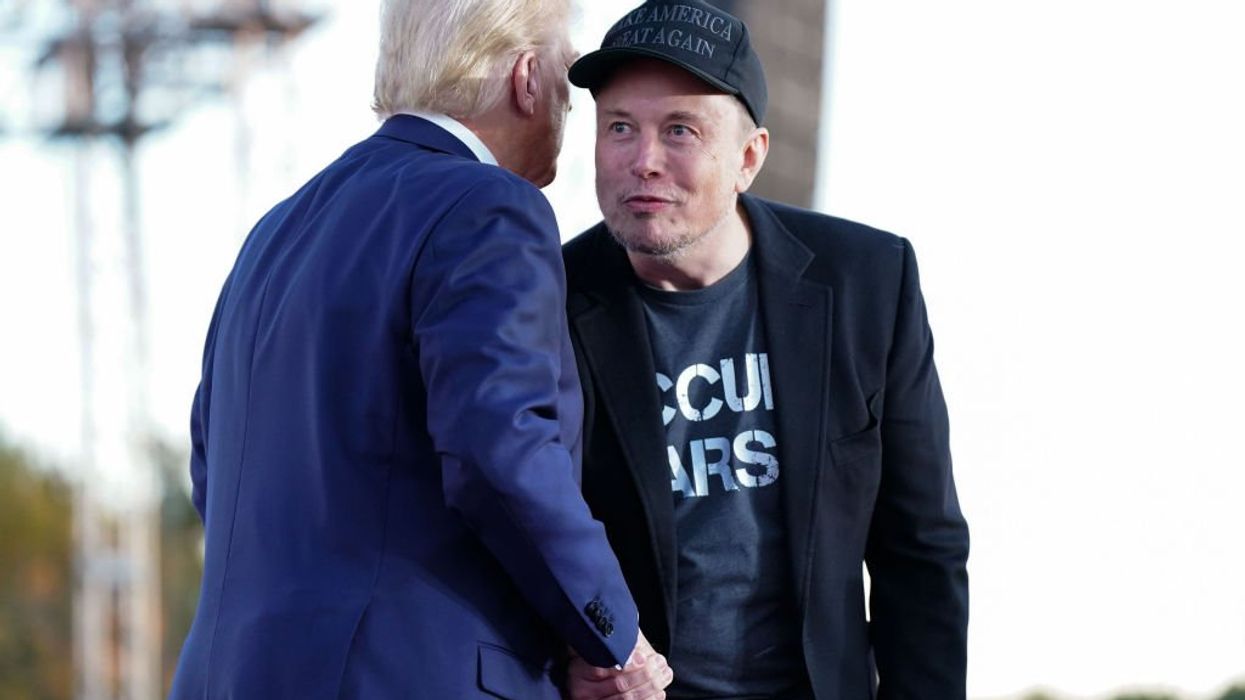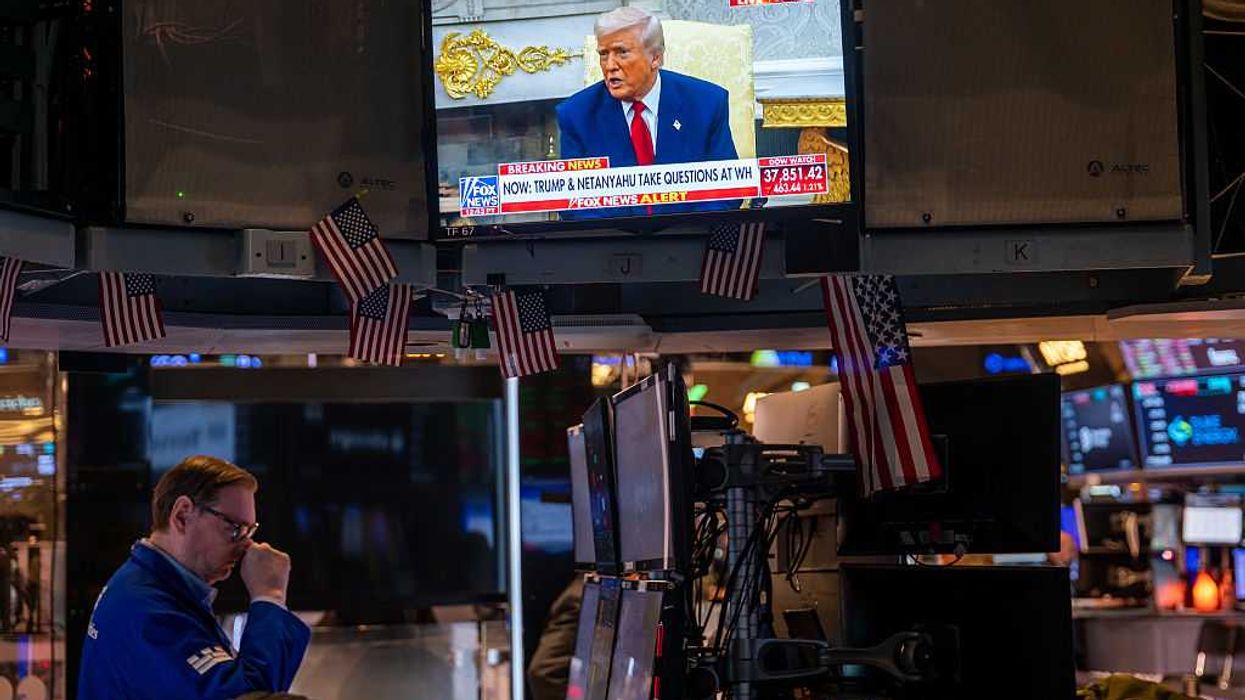Elon Musk’s reputation as a disruptor, transforming industries like automobiles and space travel with Tesla and SpaceX, will be severely tested as he turns his attention to government reform through the Department of Government Efficiency (DOGE). DOGE lacks official agency status and depends on volunteers, raising concerns about its credibility. Musk claims his team of young techies can slash federal spending by $2 trillion, but history casts serious doubt on private-sector fixes for big government. So far, he has largely avoided legal scrutiny with the GOP-led Congress’ help, while handing sensitive operations to his team of “experts.” What could possibly go wrong?
Musk’s plan involves embedding these techies in federal agencies to find inefficiencies. His confidence comes from past successes, such as cost-cutting at X (formerly Twitter) through drastic measures like layoffs. There’s no denying that private-sector innovation has improved government services before—cloud computing, AI-driven fraud detection, and streamlined procurement have saved billions. But running a government isn’t like running a business. It’s not just about efficiency or profit—it’s about providing essential services, enforcing laws, and balancing competing interests to ensure a measure of fairness.
Efforts to streamline government are not new. Vice President Al Gore’s "Reinventing Government" initiative in the 1990s, during the Clinton administration, had similar goals but was blocked by bureaucracy and competing priorities, making little progress. Similarly, Presidents Carter and Reagan launched ambitious initiatives, but none made more than a small dent. Musk may hope that his outsider status will allow him to bypass these constraints, but without direct authority to implement changes, DOGE must rely on Congress to act. Congress, however, has its own agenda and is unlikely to prioritize Musk’s ideas.
Equally daunting, his claim to cut trillions from the budget rests on shaky ground. Meaningful federal budget cuts require addressing Social Security and Medicare, which account for nearly 77% of projected spending growth over the next decade. Millions of Americans depend on them, making significant changes highly unlikely. Even if Musk finds operational savings, they won’t touch the core drivers of government spending. This part of the budget lies outside of DOGE's purview—though it is unclear just what its purview is. It is doubtful that the Trump administration would expend scarce political capital on an effort that is almost bound to fail.
Reforming these programs requires bipartisan support and the willingness to tackle politically sensitive issues. These programs are often called the “third rail” of politics—touching them can end careers. Even if Musk were serious about addressing waste, he would have to navigate a political minefield that has stymied far more seasoned policymakers.
As for his claim to eliminate wasteful spending, Musk has embedded inexperienced tech bros in federal agencies to identify inefficiencies. This raises serious concerns about transparency and accountability—key pillars of democracy. While fresh perspectives can sometimes bring improvements, government is fundamentally different from a private corporation. Critics argue that DOGE's informal nature and Musk’s leadership could foster cronyism and partisanship, undermining its goal of improving efficiency. The lack of clear oversight and potential misuse of power make this initiative highly questionable.
Musk has already scaled back expectations, shifting his focus from deficit reduction to deregulation. While deregulation can boost economic growth, it often comes with trade-offs: weaker environmental protections, reduced worker rights, and diminished public safety. These consequences may not sit well with the public, especially if regulatory rollbacks disproportionately harm lower-income communities. Moreover, deregulation does not necessarily lead to a more efficient government—it just shifts costs elsewhere, whether to state governments, consumers, or the environment.
For Musk to make meaningful, bipartisan progress, DOGE should focus on targeted reforms that improve efficiency without undermining fairness. Key reforms include:
- Reducing redundant federal programs: A systematic review of overlapping or outdated programs could identify opportunities for consolidation, eliminating inefficiencies while ensuring that essential services for vulnerable populations remain intact.
- Enhancing digital governance: AI-driven automation and advanced data analytics could streamline bureaucratic processes, reduce paperwork, and enhance decision-making efficiency. However, automation also risks job losses, particularly in clerical and administrative positions, which must be addressed to avoid creating new economic burdens.
- Improving procurement practices: Government contracts often suffer from inflated costs and inefficiencies. Implementing stricter oversight, competitive bidding processes, and leveraging private-sector best practices could lead to significant savings while safeguarding fair labor practices and preventing job losses in economically vulnerable communities.
- Strengthening performance-based accountability: Introducing key performance indicators (KPIs) across federal agencies could help ensure that government departments meet efficiency and effectiveness benchmarks. However, safeguards must be in place to ensure that cost-cutting measures do not disproportionately harm marginalized or low-income communities.
- Expanding public-private partnerships: Collaborating with the private sector on infrastructure, technology, and service delivery could foster innovation and reduce government expenditures. However, these partnerships must be structured to ensure they do not create barriers to access for low-income individuals or communities that rely on public services.
- Modernizing outdated government systems: Many government agencies still rely on decades-old technology, leading to inefficiencies, security vulnerabilities, and high maintenance costs. Upgrading digital infrastructure, streamlining data management, and implementing modern cybersecurity measures would improve government services while saving taxpayer money in the long run.
These initiatives could enhance government operations while protecting vulnerable populations and are more likely to garner Democratic lawmakers’ support. However, such ideas conflict with the priorities of the Trump administration, which seems more interested in cutting services to pay for tax cuts. Furthermore, even if Musk’s ideas gained traction, his focus on efficiency alone overlooks the complex political landscape that determines what policies succeed or fail.
One can view Musk’s venture into government reform as a bold experiment in applying private-sector principles to public problems by overlooking one main problem: government isn’t a corporation, and effective governance requires more than just business acumen. Success in the public sector depends on collaboration, transparency, and a deep respect for democratic principles (Musk seems to have a problem with this). Even the most innovative thinkers need the right tools, allies, and context to succeed. Reining in big government is a complex puzzle—one that can’t be solved with bold claims alone.
Robert Cropf is a professor of political science at Saint Louis University.



















